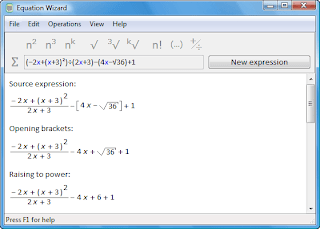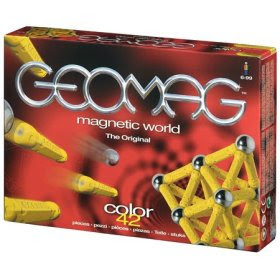Percent of change
When some quantity changes, such as a price or the amount of students, we can measure either the absolute change ("The price increased by $5" or "There were 93 less students this year"), or the percent change. In percent change, we express WHAT PART of the original quantity the change was. For example, if a gadget costs $44 and the price is increased by $5, we measure the percent change by first considering WHAT PART $5 is of $44. Of course the answer is easy: it is 5/44 or five forty-fourths parts. To make it percent change, however, we need to express that part using hundredths and not 44th parts. this happens to be easy, too. As seen in my previous post, you COULD make a proportion to find out how many hundredths 5/44 is: 5/44 = x/100 To solve this, you simply go 5/44 x 100, which is easy enough to remember in itself. In fact, this is the rule often given: you compare the PART to the WHOLE using division (5/44), and multiply that by 100. There were 568 students o

